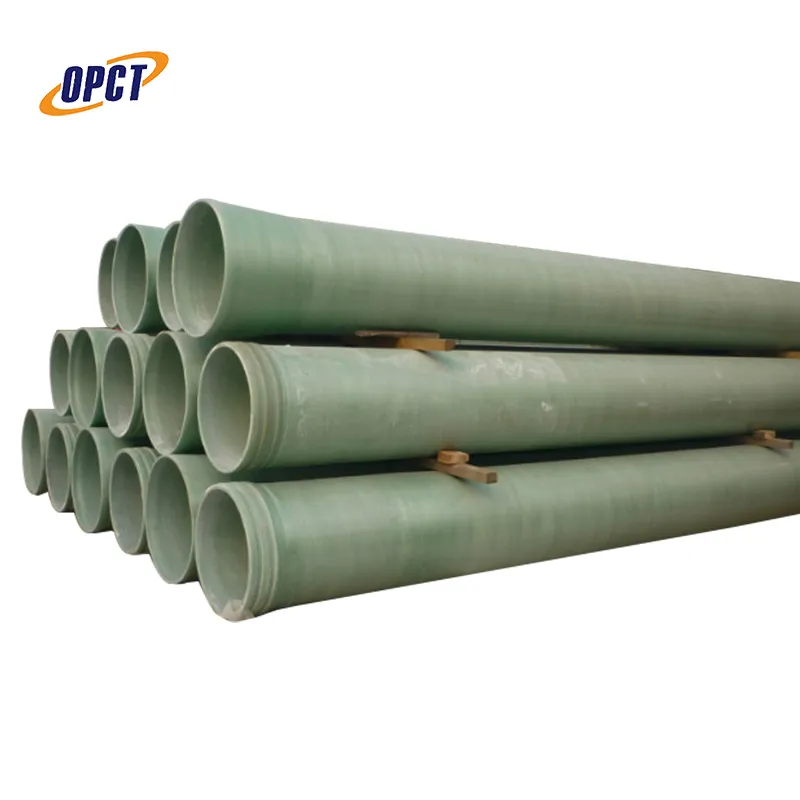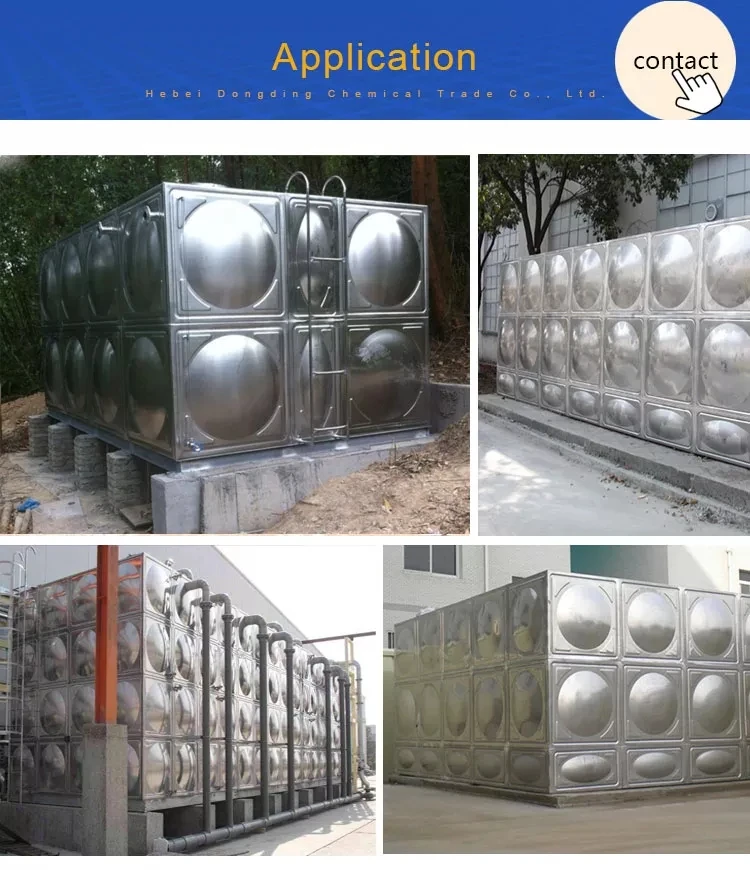Fiberglass FRP (Fiber Reinforced Plastic) panels are becoming an increasingly popular choice in various industries due to their robustness, flexibility, and corrosion-resistant properties. The demand across sectors such as construction, automotive, and marine reflects an awareness and shift towards sustainable and durable building materials. This article delves into the core advantages of fiberglass FRP panels, underlining expert insights and real-world applications that testify to their superior performance.

Fiberglass FRP panels have redefined the standards of construction materials with their lightweight yet robust nature. This dual characteristic reduces the load on supporting structures, translating to cost savings in foundation and design. Real-world experiences highlight that switching to FRP panels in industrial setups has reduced structural support demands by up to 40%. This not only economizes resources but also speeds up project timelines—reinventing the efficiency matrix in construction projects.
In industries where corrosive environments are a challenge, fiberglass FRP panels have emerged as unmatched contenders. Their inherent corrosion-resistant properties make them invaluable in chemical processing plants, waste treatment facilities, and coastal constructions. Professional insights from chemical engineers reveal that FRP panels’ chemical inertness can extend the life of installations by decades, resulting in far fewer maintenance interventions compared to traditional materials like steel or wood. This longevity not only enhances the life-cycle value of structures but also bolsters environmental compliance by reducing waste.

The customization potential of fiberglass FRP panels is another noteworthy feature. They can be tailored to meet specific design requirements, making them suitable for bespoke architecture and innovative designs. Experts in architecture and design industries recognize that the malleability of FRP allows for groundbreaking and modernistic designs that traditional materials cannot support. Case studies in luxury yacht manufacturing and modern high-rise facades showcase FRP’s adaptability to sleek, contemporary aesthetics without sacrificing structural integrity.
Safety is a non-negotiable priority in construction and manufacturing environments. Fiberglass FRP panels contribute to a safer workplace by being non-conductive and non-magnetic. These properties render them ideal for facilities that house sensitive electronic equipment or operate in environments with electromagnetic interference. Additionally, FRP panels can be engineered to be fire-retardant, adding an extra layer of safety against potential fire hazards. Field experts in safety engineering point out that implementing FRP panels in electrical substations has significantly mitigated the risks of electrical fires.
fiberglass frp panel
The sustainability aspect of fiberglass FRP panels aligns with global green building initiatives. Manufacturing processes have advanced to incorporate recycled materials in FRP production, minimizing environmental impact. Furthermore, their longevity and maintenance-free nature reduce resource consumption over time. Environmental specialists affirm that the carbon footprint of a building is markedly reduced when FRP panels replace conventional materials—a crucial advantage in today's eco-conscious world.
Trustworthiness in terms of quality comes naturally with fiberglass FRP panels owing to stringent manufacturing standards and protocols. Third-party testing and certifications ensure that these panels meet international standards for safety, performance, and environmental responsibility. Industry-leading manufacturers provide warranties that vouch for the durability and reliability of their products, thus instilling confidence among end-users and stakeholders.
To underscore the authority and expertise in the utilization of fiberglass FRP panels, numerous academic and industry research papers validate their efficacy and advantages. Peer-reviewed studies have consistently demonstrated FRP’s superior load-bearing capabilities, resilience in harsh environments, and adaptability to innovative designs. Engineers and architects frequently cite these scholarly articles while making informed decisions to incorporate FRP panels in ambitious projects.
In conclusion, the integration of fiberglass FRP panels across diverse fields reflects a confluence of experience, expertise, authority, and trust—a testament to their outstanding qualities. As industries persistently seek novel ways to enhance performance and sustainability, embracing the proven benefits of fiberglass FRP panels not only aligns with modern demands but also pioneers a future of innovative, resilient, and eco-friendly construction practices.




